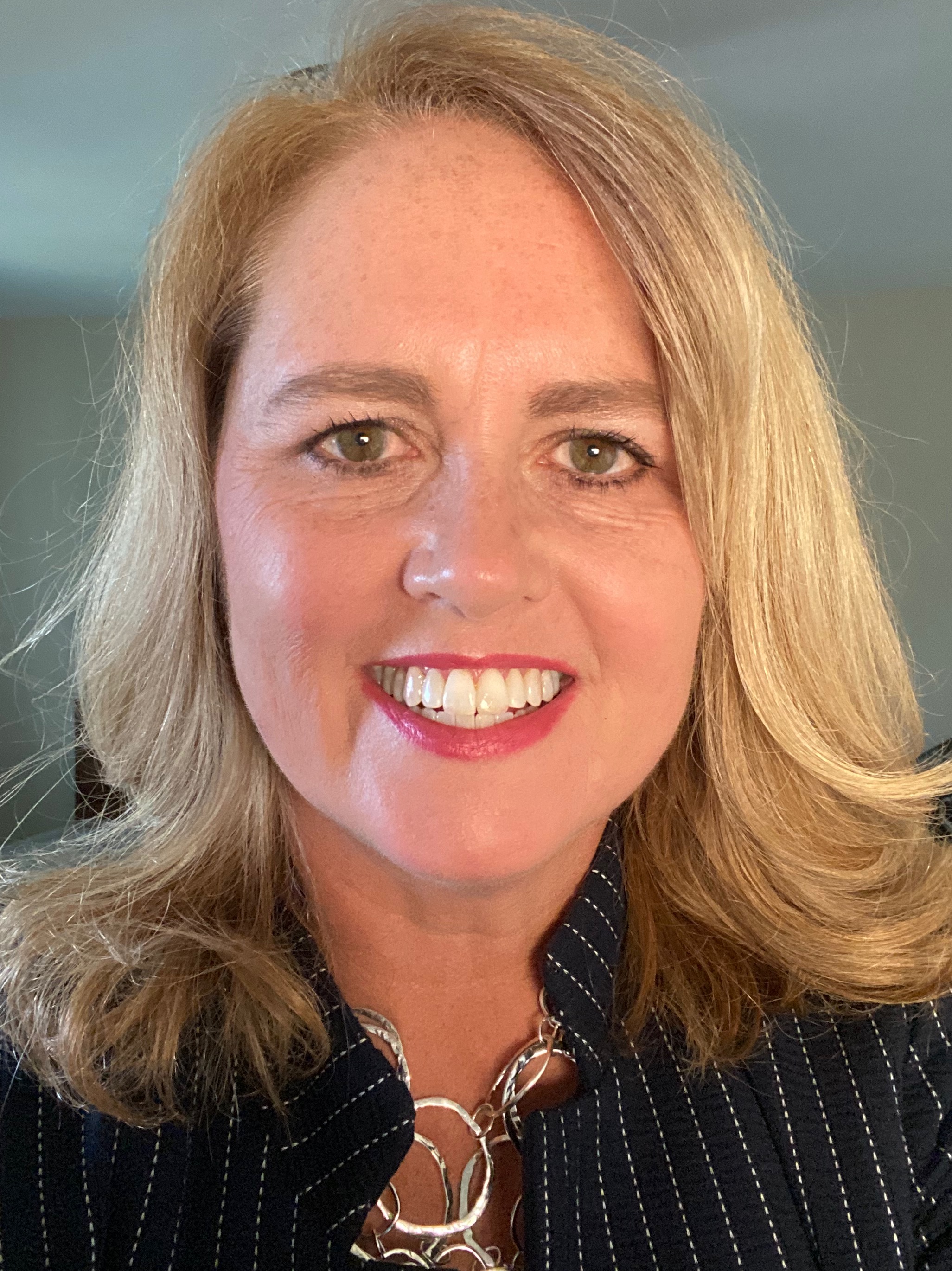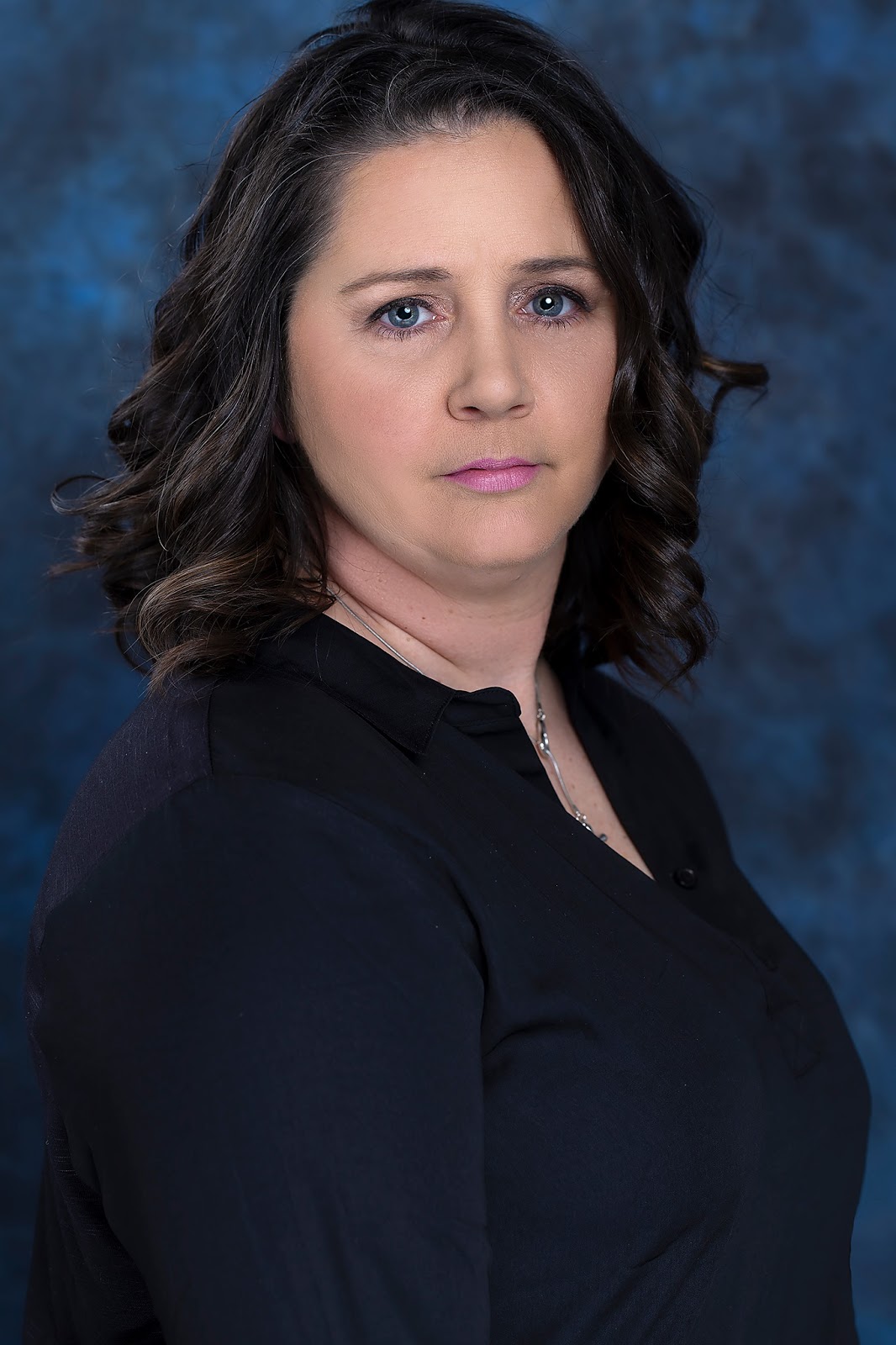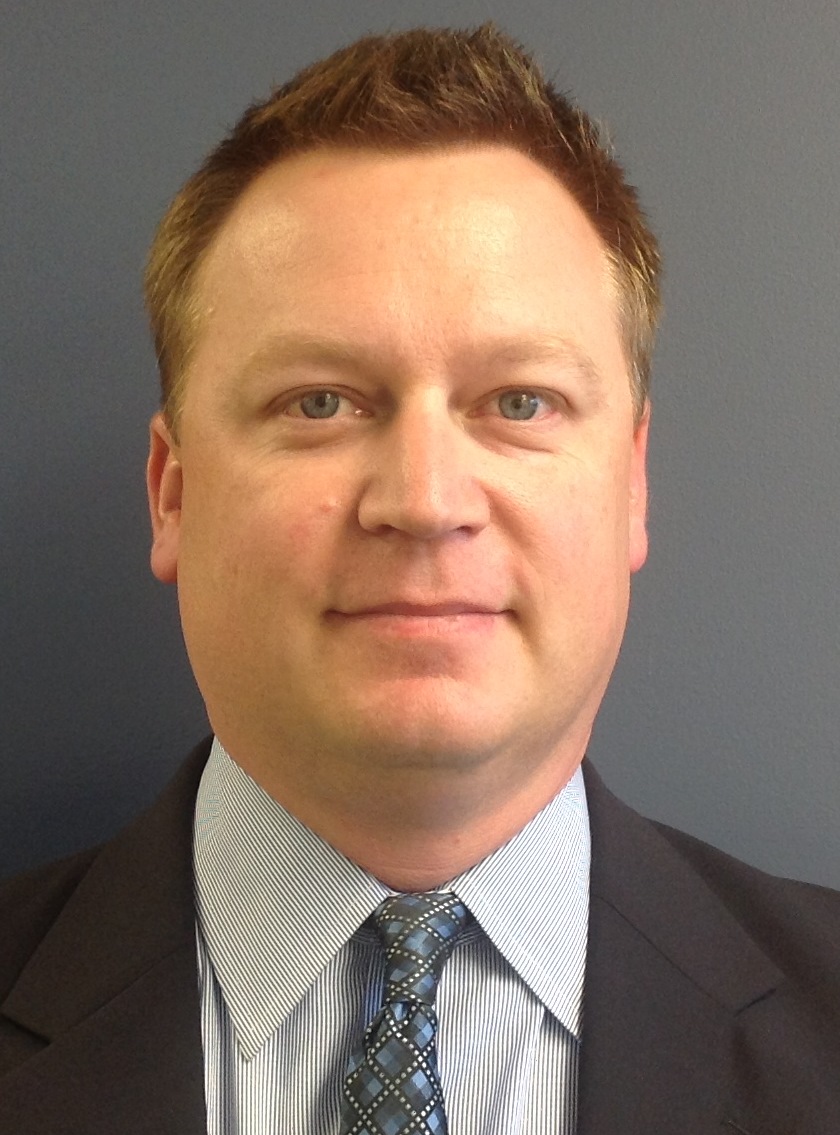Community-based climate change solutions: the value of public–private partnerships in water management
January 4, 2022

By Karen Zhang
Water, water, everywhere. Water is essential for life, but humans have long neglected water resources management. It is increasingly evident that climate change directly causes extreme water-related disasters such as floods, forest fires, and droughts. The United Nations Intergovernmental Panel on Climate Change (IPCC) raised the red flag in its latest climate report, warning that the water cycle—which is the Earth’s dominant mechanism for regulating heat—has been intensifying and will continue to intensify as our planet warms. That’s why the students in the 2021 cohort of Virginia Tech’s Executive Master of Natural Resources (XMNR) program were not satisfied with only studying the innovative Clean Water Partnership (CWP) in Prince George’s County, Maryland, a featured class project in the XMNR program about applying green infrastructure to manage stormwater runoff. They learned to think outside the box and scale up the Community-Based Public–Private Partnerships (also known as the CBP3 approach) beyond stormwater management.
The localized CBP3 approach to address water–energy nexus challenges

“Whether it was for tree lots in Savannah, GA, or Richmond, VA’s water plan, or reducing pollution at the Bluestone Dam, WV, if you find it interesting, there is a good chance, so will your client,” said Ellen Szymanski, project manager of the CWP class project for one of the seven teams in the XMNR 2021 program cohort.
“I am an amateur photographer, and one of the things I love most is the trees of Savannah,” said Georgia-based teammate Angie Zalinsky, who came up with the idea of promoting the CBP3 approach through a case study of the Urban Tree Lots initiative in Savannah. To make her storytelling impactful, Angie designed a social media post and wrote a blog about her interview with the sustainability director of Urban Tree Lots.

“I really was curious what Savannah was doing to push to be a greener community,” said Angie, explaining her motivation of going the extra mile for this class project. “I was really impressed with this initiative and feel many other cities could do the same.”
The success story of the community-based public–private partnership in Prince George’s County has inspired Ammar Khan, a Chicago-based sustainability consultant and Angie’s classmate, to apply the CBP3 approach in the energy sector.
“I was working with an anaerobic digester startup company based in Massachusetts,” said Ammar. “I quickly saw how much their work with local organic farms, schools, and restaurants could benefit from engaging with municipalities and stakeholders within that region. We found that if we took advantage of tipping fee laws within Massachusetts, we could better provide the local businesses with reasonable tax incentives that would allow them to procure the anaerobic digestion machines.”
Anaerobic digestion technology uses microorganisms to consume waste from animal manure and crop residues in the absence of oxygen and produce methane gas. The technology is part of bio-derived sources of energy, which have a rich history to generate electricity.
“The Community-Based Public–Private Partnership was already in motion,” said Ammar, reflecting on his CWP class project done early this year. “I made sure that the local municipalities could see just how effective a CBP3 was for Prince George’s County in Maryland, which helped bolster our relationships with counties that our farms and schools were from in Massachusetts.”
He also took part in another CBP3 project with Strategic Energy Innovations (SEI), an environmental nonprofit in San Rafael, California. “I helped create a Participatory Asset Mapping Toolkit that was based on my knowledge of CBP3,” said Ammar. He explained that the toolkit helped his California-based client, SEI, engage with the community of Charlotte in North Carolina. They were slated to begin an education leadership program through the Charlotte location of Trane Technologies, a global climate innovator.
Building a community-based learning partnership

XMNR students’ curiosity and passion have made a deep impression on Greg Cannito, co-founder of Rainplan, a private business that provides sustainable stormwater solutions to private property owners. Greg was one of the primary clients of the CWP class project in the past five years. Prior to Rainplan, he worked with Corvias, the CWP key private partner and stakeholder to implement green infrastructure projects in Prince George’s County.
Greg remembered that he felt great pleasure to participate in student engagement activities, both in the classroom and online. Some students maintained correspondence with him after class to follow up on questions related to sustainability challenges they faced at work.
“When I visited the Arlington campus for class meetings, several times I literally stayed for another hour or two in the hallway after class just to respond to students’ questions,” said Greg.
Due to the Covid pandemic, the traditional monthly in-person weekend class meetings in the XMNR program have been converted into an online environment. But the virtual class format did not diminish students’ active participation in classroom activities and after-class teamwork.
“Engaging directly with clients is invaluable and provides both experience and tangible accomplishments for my resume,” said Ellen. “On professional knowledge, this project opened my eyes to the incredible synergy that exists between resilience and green infrastructure, as well as between ecological health and economic well-being.”
“The online format is pretty much consistent with classroom experience,” said Greg, who has experience in both class formats. “Students are highly engaged and very detail-oriented. They’re from accomplished professional backgrounds, so they ask insightful questions. I really enjoyed all these insights from the students.”
Greg said he would read through the student feedback and share it with the marketing teams from Corvias and from Prince George’s County’s Department of the Environment (DoE). A primer lesson on how municipal stormwater is managed was helpful to students to understand the benefits of green infrastructure, he added. One of the benefits is more manual labor is required during maintenance.

“You can’t outsource infrastructure jobs,” said Dr. Seth Brown, Executive Director of National Municipal Stormwater Alliance (NMSA), a national nonprofit focused on the storm sewers sector. “CBP3 needs a local champion, and its implementation with green infrastructure is in the innovator stage. We need to scale up its impact in different communities.”
Promoting CBP3 projects beyond stormwater
Early in 2021, the NMSA launched the CBP3 Center of Excellence to provide educational and technical assistance for CBP3 projects in green stormwater infrastructure and other environmental infrastructure across the U.S. “CBP3 is good for communities that are considered disadvantaged and marginalized, creating many entry-level jobs,” said Seth, who is leading the CBP3 Center along with Ms. Dominique Lueckenhoff, the originator of the CBP3 program approach who also serves as Center Chair.
NMSA’s CBP3 Center of Excellence is the client of this year’s CWP class project. Students work in teams as a consultancy to generate ideas and examples for the client to promote CBP3 projects. “I value their ideas coming from different professional backgrounds and even nationalities,” said Seth. He was aware of students’ advocacy for environmental justice in their deliverables.
“CBP3 is a good way to think locally,” he said. He gave an example of a student in the CWP team project who suggested implementing a CBP3 approach in conservation of coastal wetlands.
Looking back on the CWP class projects, Seth is optimistic about the future of stormwater management as the demand for climate adaptation increases. “It has matured quite a bit over the last six years,” he said. “It’s no longer a boutique niche.”
Expanding partnerships to build water-resilient communities
Building climate resilience in communities reverberates in the private sector. The fact that millions of acres of public land in America are blocked by private property brings a business opportunity for private property owners to install green infrastructure on their property. That is what motivated Greg to start a new business.
“There was a student from the XMNR program,” Greg recalled. “I think that student was in the second year after the CWP class project was inaugurated. She pointed out that the CBP3 approach was initiated by a government, and she asked about how private property owners could address stormwater runoff on their own initiative.”
It was the student’s question that prompted Greg to think from the perspective of private property owners. In the broadest sense, one-quarter of the land in the U.S. is managed as public land by different types of government.
“So, what the government does is to implement green infrastructure on existing structures in order to keep rainwater out of the public land,” Greg explained. “With Rainplan, private property owners can also capture rainwater runoff at the source, out of their properties. And the public doesn’t know the government will give them the money to upgrade their property.”
Greg acknowledged that there is a knowledge gap among private property owners about the benefits of a green roof being greater than putting solar panels on their roof. His company launched a new online initiative called the “National Stormwater Incentive Discovery Database” in the fall of 2021. Clients can put their property addresses on the website and find a matching government subsidy for home improvements.
Greg said the benefits of green infrastructure are greater than treating stormwater; it can build resilience to drought and excessive heat in the western states. He encouraged students who might want to step into the field of stormwater management to be open-minded and willing to try out new solutions.
“The challenge is so big,” said Greg. “This business needs big thinkers!”

Karen (Songyi) Zhang grew up in the southeastern Chinese city of Guangzhou, formerly known as Canton. Her essays and op-ed articles have appeared in various publications in China and the U.S., and she authored the memoir Golden Orchid: The True Story of an Only Child in Contemporary China. She received her M.F.A. in Creative Writing from Chatham University in Pittsburgh. Karen has worked for the Washington-based Radio Free Asia as an administrator, broadcaster, and translator. With deep passions for language and the environment, Karen plans to join global efforts to promote sustainable development with her newly acquired knowledge in the field. She graduated from Virginia Tech’s Executive Master of Natural Resources (XMNR) program in 2020.


